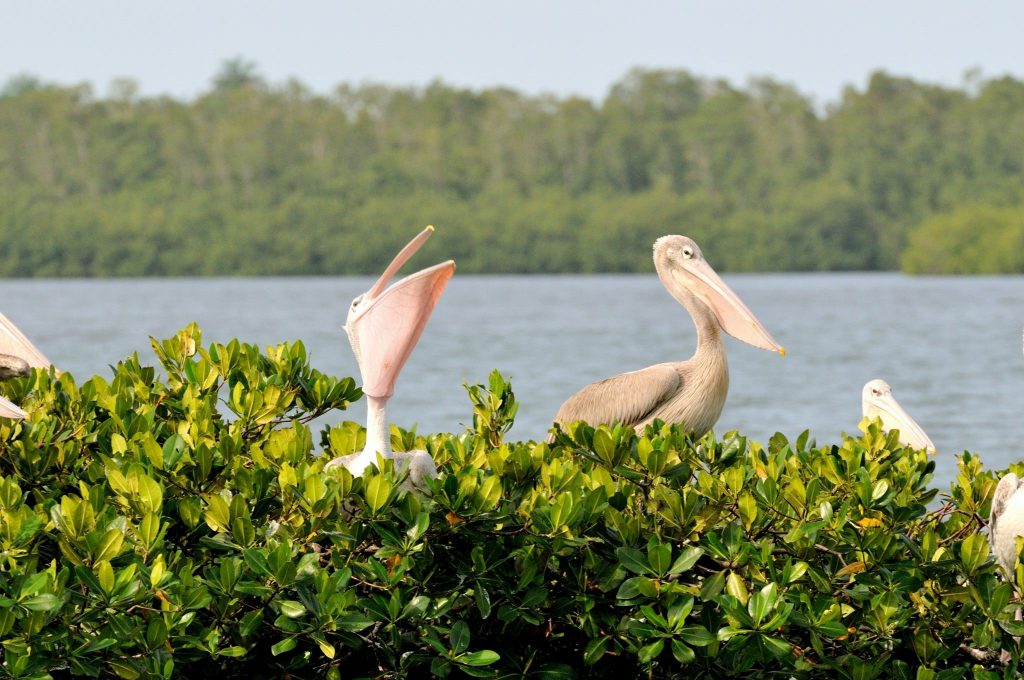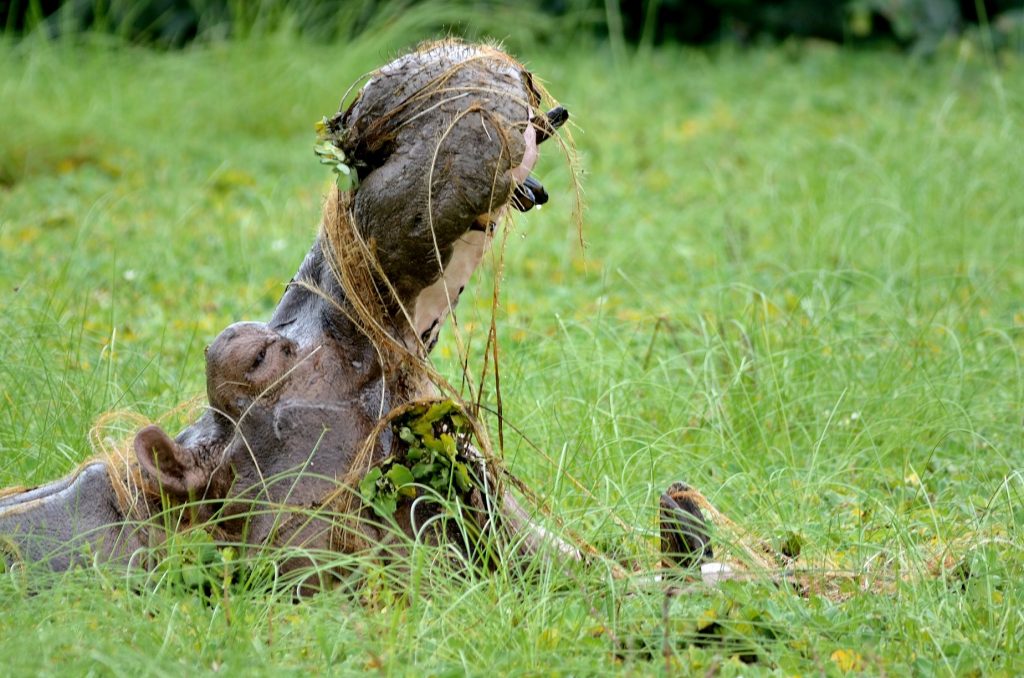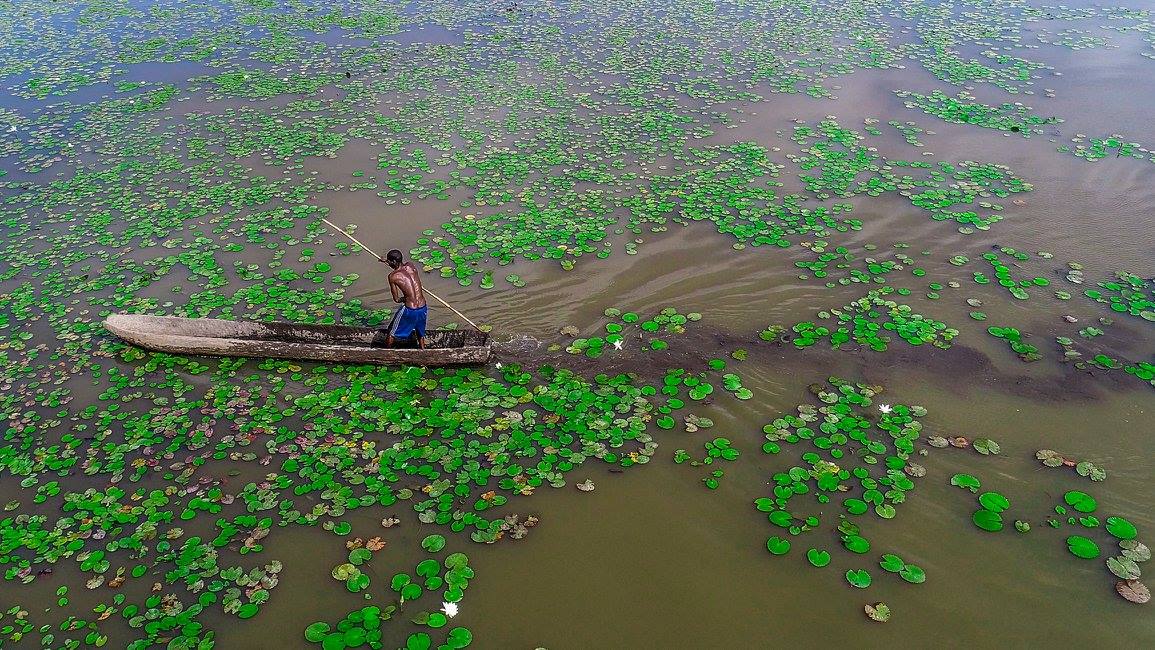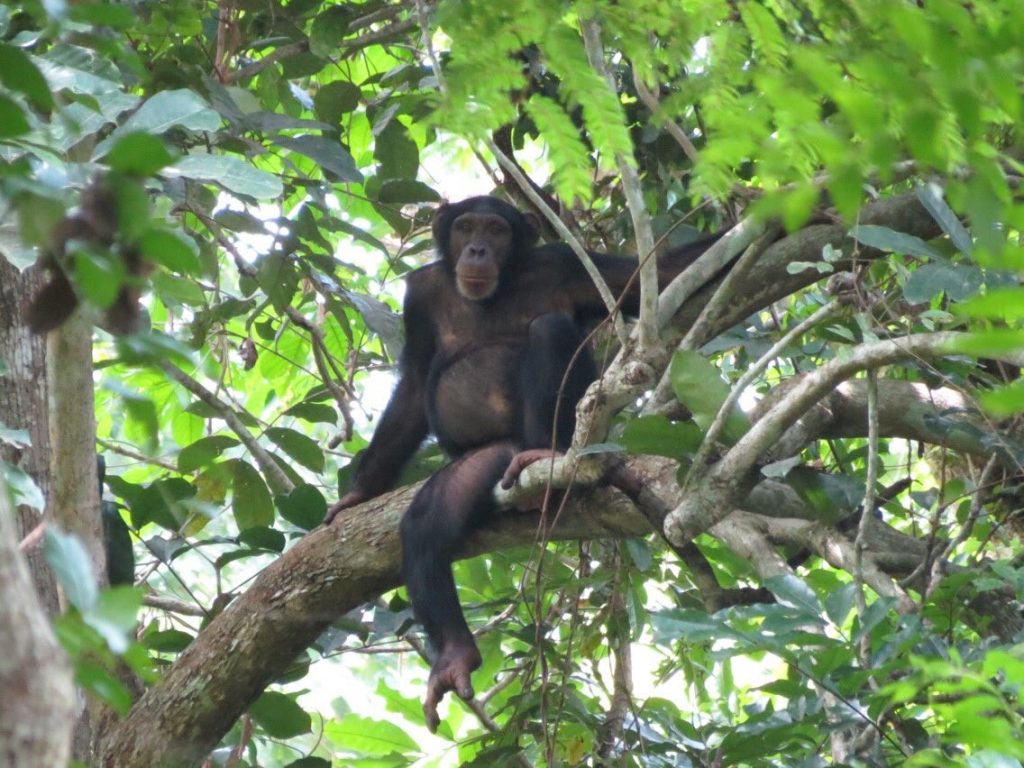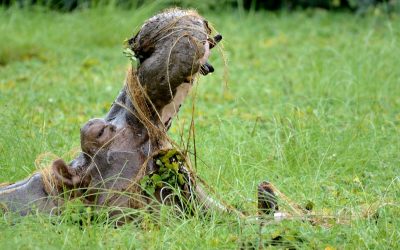Orango National Park
In the southern part of the Archipelago, this park consists of five main islands: Orango, Orangozinho, Meneque, Canogo and Imbone and three islets: Adonga, Canuapa and Anetive. It has a total area of 158 235 hectares.
Orango island
Orango is part of the National Park and goes by the same name. It is the most distant island of the mainland of Guinea-Bissau and the largest in terms of surface, although it only has about 2 500 inhabitants spread over about 10% of the territory.
The Orango National Park is considered one of the places that has the greatest biodiversity in all of Guinea-Bissau.
You can find several animals that, over the years, have adapted to the environment of the coasts and their saline conditions, such as the hippopotamus that usually lives only in fresh waters but have adapted to the salty waters of Guinea-Bissau after a few hundred years.
Besides hippos, you can find herbivorous animals such as manatees, which can be found in large numbers in this region. A large concentration of aquatic reptiles can also be seen, counting two species of crocodiles and about five of sea turtles.
Visit our national parks
Cufada Lagoons Natural Park
This park is located between the two greatest rivers of the region, the Big River of Buba (Rio Grande de Buba) and the Corubal River…
Cantanhez Forests National Park
To travel from Bissau to Cantanhez you should use a four-wheel drive or a at least a vehicle with high clearance for the final part of the trail…
João Vieira And Poilão Marine National Park
The National Park belongs to the Biosphere Reserve and was declared Gift to the Earth by WWF in 2001…
Orango National Park
In the southern part of the Archipelago, this park consists of five main islands: Orango, Orangozinho, Meneque, Canogo and Imbone…
National Parks of Dulombi and Boé
In this sector there are two national parks, the Dulombi – Boé I and Dulombi – Boé II, created in 2014, and legalized in 2017…
Related articles
Top 10 Reasons to visit Guinea-Bissau
Top 10 Reasons to visit Guinea-Bissau The Bijagos islands Classified by UNESCO in 1996 as a World Biosphere Reserve, due to the importance of its biodiversity, it is the main tourist destination in the country. This protected ecological reserve is made up of 88...

